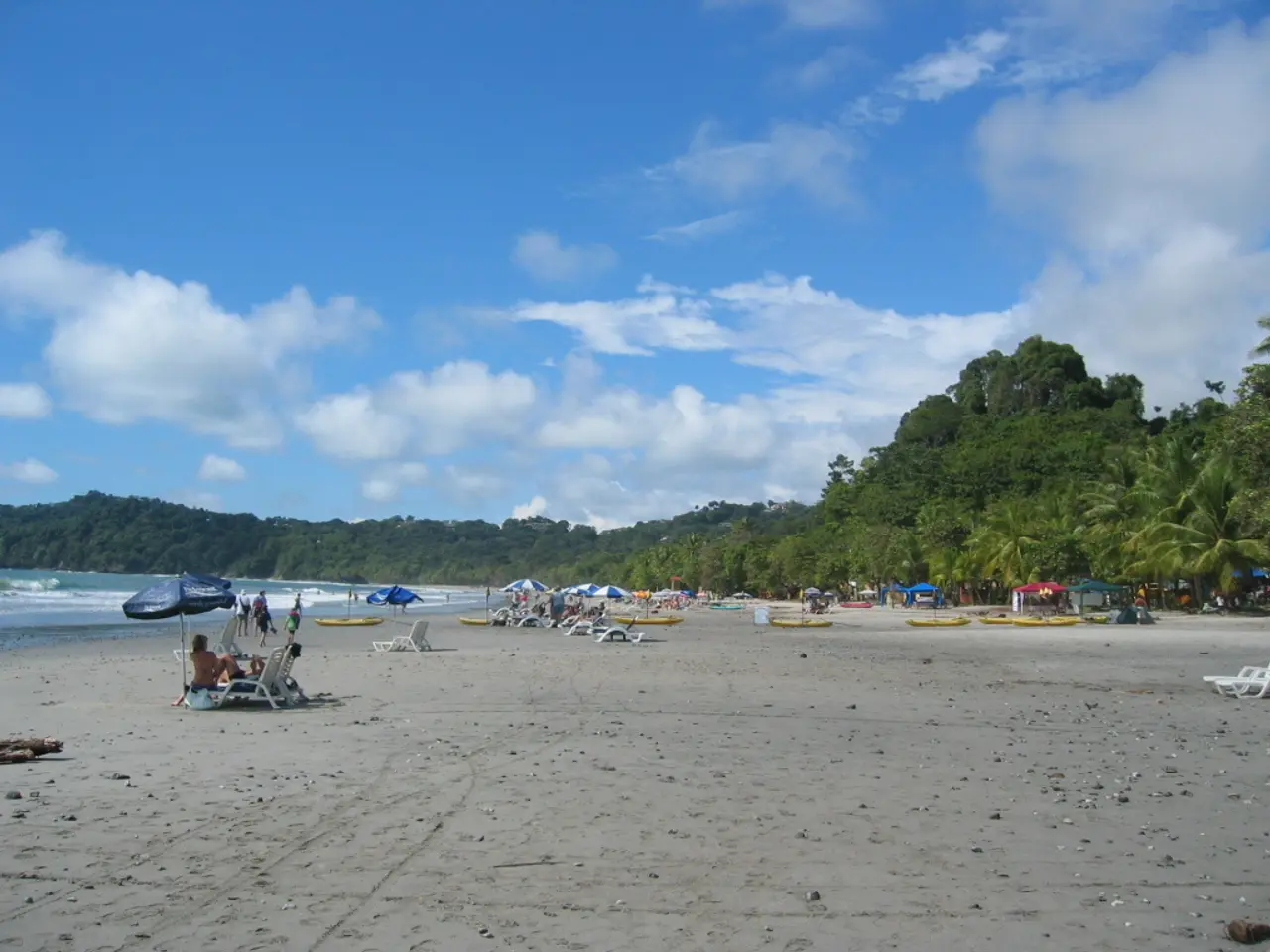Predicting May Gray: Possibility for Voyager?
Predicting May Gray and June Gloom: Understanding the Marine Layer Phenomenon
The coastal regions of California, particularly San Diego, are known for their unique weather patterns during late spring and summer, often referred to as "May Gray" and "June Gloom." These atmospheric conditions are closely linked to the marine layer, a dense, cool air mass that forms over the ocean and creates overcast, gray, and often gloomy sky conditions.
The formation of the marine layer is influenced by several factors, including sea surface temperatures (SSTs) and large-scale atmospheric circulation. Cooler ocean surface temperatures along the California coast tend to promote the development of the marine layer, which in turn supports the persistent low stratus clouds characteristic of May Gray and June Gloom.
Upwelling and coastal wind patterns play a crucial role in maintaining these cool SSTs. Summertime coastal upwelling, driven by persistent northwesterly winds, brings cold, deep ocean water to the surface, trapping cooler, moist air near the coast under warmer air above. This combination generates the marine layer and cloud cover typical of these seasons.
Large-scale circulation, including the Pacific high and inland air temperature, also influences the intensity and persistence of the marine layer and associated cloudiness. The strength and positioning of these elements can either enhance or dissipate the marine layer and cloudiness.
Recent months have seen slightly warmer than normal SST off the coast of California, which might suggest fewer than normal marine layer clouds this summer. However, forecasters can still predict the marine layer clouds with accuracy by looking at satellite images and viewing the clouds over a larger region.
Two websites developed by our organization aid in this prediction process. These platforms allow for the automatic matching of uploaded real-time marine layer cloud photos with the satellite view from above, enhancing the accuracy of the forecast.
Rachel Schwartz, a fifth-year graduate student in the research group of climate scientist Alexander Gershunov, specializes in Earth Sciences. Her research focuses on understanding the marine layer and its impact on coastal California's weather patterns.
The marine layer often has a distinct top due to a stable layer of air above. This stable top prevents the mixing of dry air from above, resulting in horizontally extensive low-lying clouds. When the SST is cooler than normal and inland temperatures are warm, stronger sea breeze winds blow toward land, further contributing to the development of the marine layer.
In conclusion, the prediction of May Gray and June Gloom cloud patterns in coastal California is strongly tied to local SSTs and broader circulation patterns. Understanding these interactions helps forecasters predict these phenomena more accurately, ensuring that residents and visitors can plan their activities accordingly.
- The marine layer, a significant factor in California's May Gray and June Gloom weather, is influenced by both local sea surface temperatures (SSTs) and large-scale atmospheric circulation.
- Cooler ocean surface temperatures, as seen in coastal upwelling during summer, help promote the development of the marine layer and the low stratus clouds characteristic of May Gray and June Gloom.








